In many cases, for homes connected to a municipal water supply, the water pump may be a part of the plumbing system, usually found near the water heater or within a basement or utility room.
Water Pump Location for Well Water Systems
The location of a water pump in a well water system depends on the type of well and pump system you have. There are two main types of well water systems: shallow well systems and deep well systems.
- Shallow Well Systems
- For shallow wells, which typically have depths of 25 feet (~7.5 m) or less, the pump is usually located above ground. It can be a jet pump or a centrifugal pump.
- The pump is installed in a pump house or another suitable structure to protect it from the weather.
- A suction pipe extends from the pump down into the well to draw water.
- Deep Well Systems
- For deeper wells, which can exceed 25 feet, submersible pumps are commonly used. These pumps are installed inside the well itself.
- The submersible pump is suspended on a pipe and is submerged in the water near the bottom of the well.
- A power cable runs down the well alongside the pipe to provide electricity to the pump.
Here’s a general guide on where you might find the pump depending on the system:
- Above-Ground Pumps
- Shallow well jet pumps are typically installed in a pump house or basement.
- Centrifugal pumps for shallow wells might also be located in a pump house or above ground near the well.
- Below-Ground Pumps
- Submersible pumps for deep wells are located down in the well itself.
- The well cap or seal covers the well opening, and the power cable runs from the pump to the surface.
Water Pump Placement for Sump Pits
In a typical sump pump system, the pump is placed inside a sump pit. The sump pit is a basin or container installed in the basement or crawl space of a home to collect and contain excess water. The primary purpose of a sump pump is to pump out this collected water to prevent flooding or water damage.
Here’s a step-by-step guide on the placement of a water pump in a sump pit:
- Selecting a Location for the Sump Pit
- The sump pit is usually placed at the lowest point in the basement or crawl space where water tends to collect.
- It’s essential to choose a location that allows water to flow into the pit naturally.
- Installing the Sump Pit
- Dig a hole in the selected location to accommodate the sump pit. The size of the pit depends on the pump and the anticipated volume of water.
- Set the sump pit into the hole, ensuring that it sits level and stable.
- Installing the Sump Pump
- Place the sump pump inside the sump pit. Submersible pumps are common for this application.
- Ensure that the pump is positioned in a way that allows it to function properly. Some pumps have a float switch that activates the pump when the water level rises.
- Attaching the Discharge Pipe
- Connect a discharge pipe to the outlet of the pump. This pipe directs the pumped water away from the foundation and into a designated drainage area.
- Install a check valve in the discharge pipe to prevent water from flowing back into the sump pit after the pump shuts off.
- Testing the System
- Fill the sump pit with water to test the pump’s functionality. The float switch should activate the pump when the water level rises, and the pump should discharge water through the pipe.
- Covering the Sump Pit
- Many sump pits have a cover to prevent debris, odors, and humidity from escaping. However, the cover should allow for easy access to the pump for maintenance and repairs.
Water Pump Placement for Irrigation Systems
The placement of a water pump in an irrigation system depends on the water source, the type of pump, and the specific requirements of your irrigation setup. Here are general guidelines for water pump placement in irrigation systems:
- Water Source
- Surface Water (Ponds, Lakes, Rivers): If your irrigation system draws water from a surface source, the pump is typically located near the water body. A suction pipe is used to bring water from the source to the pump.
- Groundwater (Wells): For systems that use well water, the pump may be situated near the wellhead. Submersible pumps are common for well applications, and the pump is lowered into the well to draw water.
- Pump Location
- Above Ground Pumps: If you’re using a centrifugal pump or other types of above-ground pumps, they are usually installed on a stable surface near the water source. A suction pipe may be used to draw water from the source to the pump.
- Submersible Pumps: Submersible pumps are installed directly in the water source, whether it’s a well or another water body. The pump is submerged, and a power cable runs from the pump to the power source.
- Protection and Accessibility
- Regardless of the pump type, it’s important to protect the pump from the elements. Above-ground pumps may be housed in a pump house or shelter to shield them from weather conditions.
- Submersible pumps are protected by being submerged, but their electrical components require proper waterproofing. The well casing should also prevent contamination.
- Pressure Tanks and Controls
- If your irrigation system requires consistent pressure, you may need a pressure tank and control system. These are often installed near the pump to regulate water pressure and ensure efficient operation.
- Distribution System
- After the pump, the irrigation water is usually distributed through pipes, valves, and sprinklers or drip lines. Ensure that these components are properly sized and arranged to meet the specific needs of your irrigation layout.
- Backflow Prevention
- It’s crucial to include a backflow prevention device in your irrigation system to protect the water supply from contamination. This device is typically installed after the pump and before the distribution system.
Water pump placement for pool and spa applications
In pool and spa applications, water pumps play a crucial role in circulating and filtering water. The placement of the pump depends on the specific design of your pool or spa system. Here are general guidelines for water pump placement in pool and spa applications:
- Pool Pump Location
- Above Ground: Many pool pumps are installed above ground, often on a stable surface near the pool equipment area.
- Below Ground: Some high-end pool systems may have pumps installed below ground level. This is often part of a more sophisticated design to minimize noise and enhance aesthetics.
- Proximity to the Pool or Spa
- The pump should be located as close as possible to the pool or spa to reduce friction loss in the plumbing and optimize pump efficiency.
- Placing the pump near the pool also helps with priming the pump and minimizing the potential for air entrainment in the system.
- Accessibility
- The pump should be easily accessible for maintenance and repairs. Ensure there is enough space around the pump for service personnel to work comfortably.
- Adequate ventilation should be provided if the pump is enclosed to prevent overheating.
- Filter System Integration
- The pool pump is typically connected to a filter system. The filter can be located adjacent to the pump or integrated into a single housing.
- Ensure proper alignment and plumbing connections between the pump and the filter.
- Valves and Controls
- Install necessary valves and controls near the pump to regulate water flow, control pool features (such as water features or spa jets), and facilitate maintenance.
- Consider the installation of a multiport valve for convenient backwashing of the filter.
- Electrical Considerations
- Pool pumps require electrical power, so ensure that there is a suitable power source nearby. Follow local electrical codes and regulations for safety.
- Use weatherproof electrical enclosures for any electrical components to protect them from the elements.
- Sound Considerations
- If noise is a concern, especially in residential settings, consider using noise reduction enclosures or locating the pump in an area that minimizes noise disturbance.
- Backflow Prevention
- Include a backflow prevention device in your pool plumbing to prevent pool water from flowing back into the public water supply.
General Safety Consideration for Water Pumps
Ensuring safety around water pumps is crucial to prevent accidents, injuries, and equipment damage. Here are some general safety considerations for water pumps:
- Electrical Safety
- Ensure that the pump is properly grounded and that all electrical connections comply with local electrical codes.
- Use waterproof and weatherproof electrical enclosures to protect electrical components from moisture and environmental conditions.
- Regularly inspect electrical connections and replace any damaged or worn components promptly.
- Pump Installation
- Follow the manufacturer’s guidelines and specifications for proper pump installation.
- Ensure that the pump is securely mounted on a stable surface to prevent vibration and movement.
- Use appropriate mounting hardware and brackets to secure the pump in place.
- Ventilation
- If the pump is installed in an enclosed space, provide adequate ventilation to prevent overheating.
- Ensure that there is sufficient airflow around the pump motor to dissipate heat.
- Guarding
- Install guards or protective covers over moving parts such as belts, pulleys, and couplings to prevent contact and injuries.
- Ensure that intake and discharge openings are properly guarded to prevent accidental contact.
- Pressure Relief
- Install pressure relief valves in the system to prevent over-pressurization and potential damage to the pump and associated components.
- Use pressure gauges to monitor and maintain safe operating pressures.
- Proper Maintenance
- Establish a regular maintenance schedule for the pump and associated equipment.
- Regularly inspect for leaks, worn parts, and any signs of damage. Replace or repair components as needed.
- Lubricate moving parts according to the manufacturer’s recommendations.
- Backflow Prevention
- Install backflow prevention devices in systems where there is a risk of contaminated water flowing back into the water supply.
- Chemical Handling
- If the pump is used in a system that involves chemicals, follow proper safety procedures for handling, storing, and transporting chemicals.
- Use appropriate personal protective equipment (PPE) when handling chemicals.
- Secure Access
- Restrict access to pump areas to authorized personnel only.
- Clearly label and mark areas with safety signs to warn of potential hazards.
- Emergency Shutdown Procedures
- Establish clear and easily accessible emergency shutdown procedures.
- Ensure that personnel are trained in emergency response protocols, including shutting down the pump in case of an emergency.
- Training and Awareness
- Train personnel on the safe operation and maintenance of water pumps.
- Promote awareness of potential hazards and encourage a safety-conscious work environment.
| What factors should I consider when choosing the location for my water pump? |
|
| What are the ideal placement considerations for different types of water pumps? |
|
| How can I ensure safe and efficient water pump installation? |
|
| What are the common mistakes to avoid when placing a water pump |
|

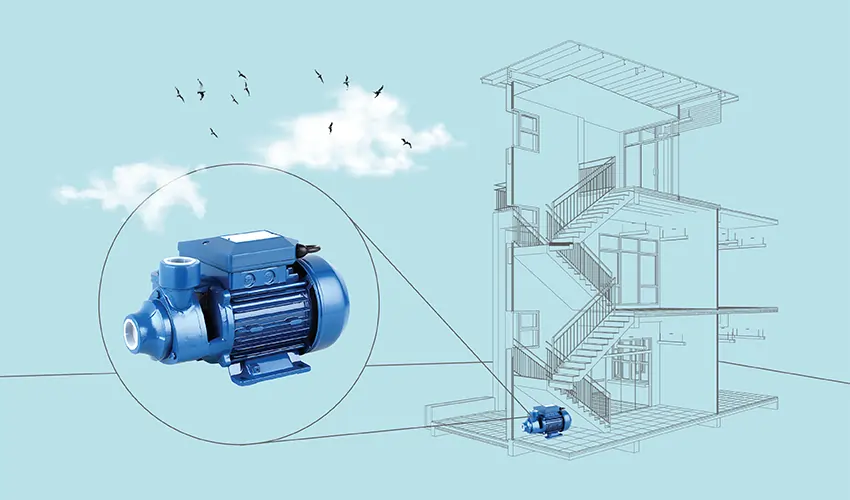
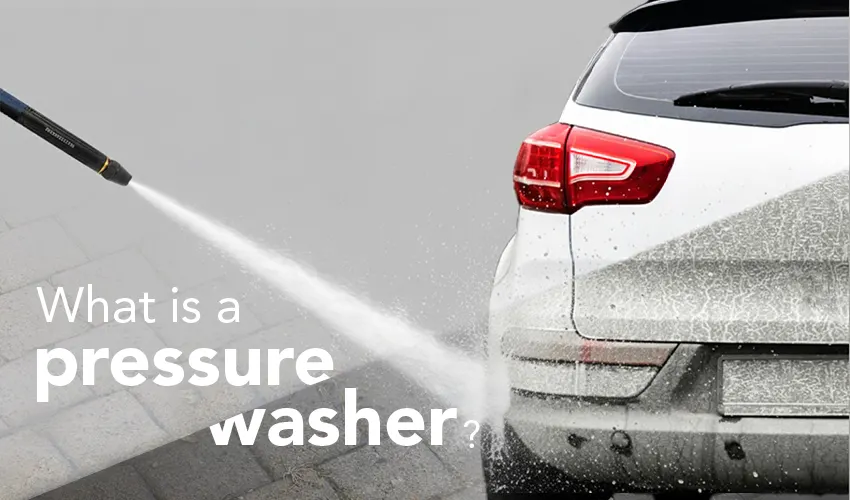

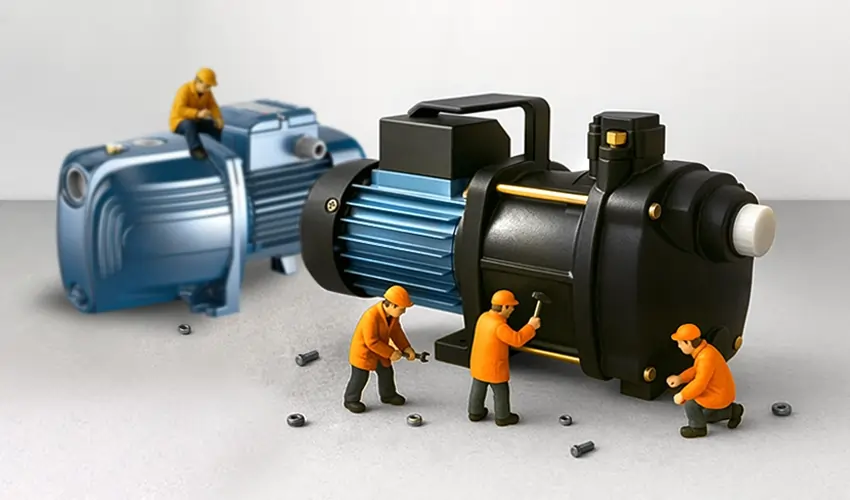

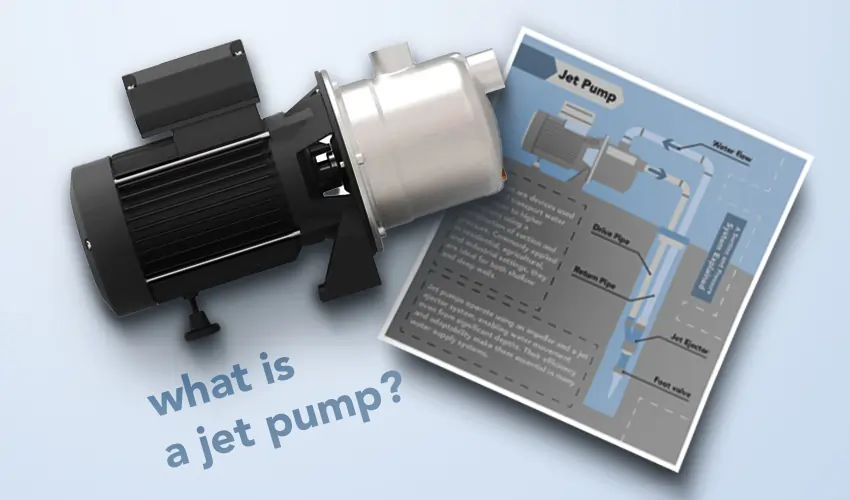
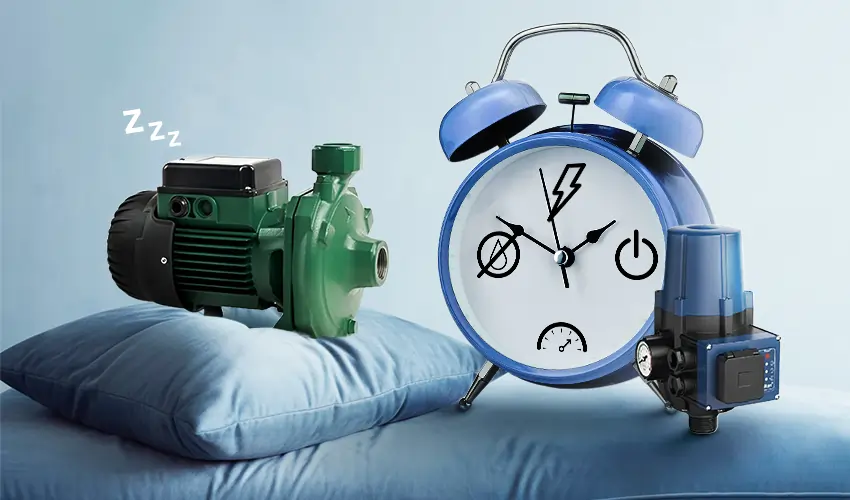
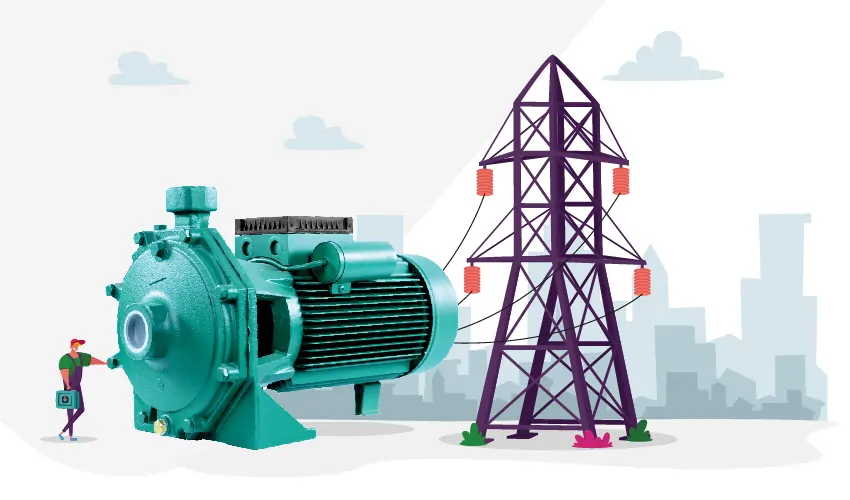



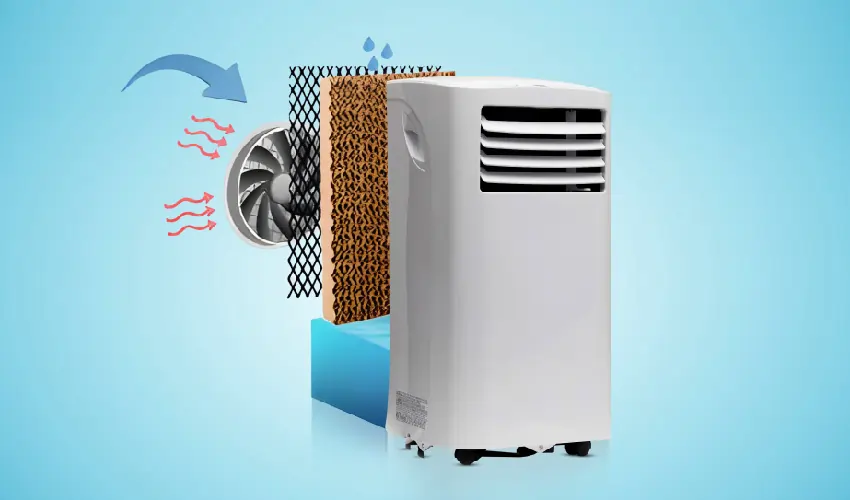
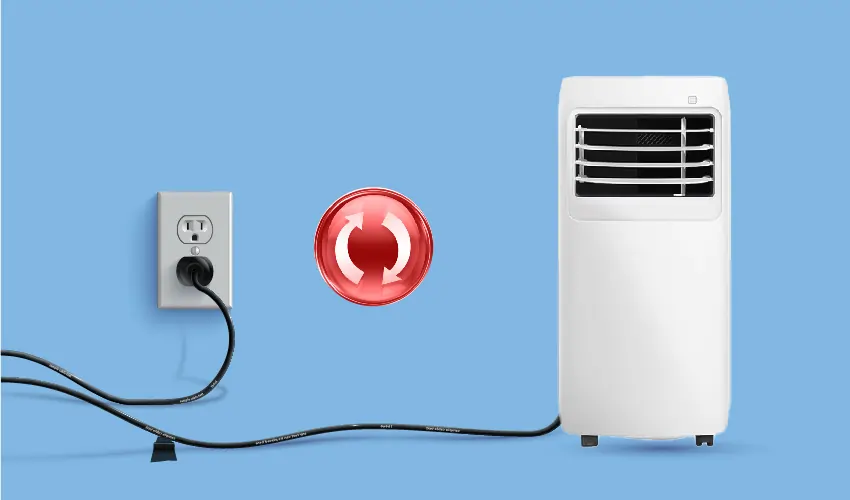
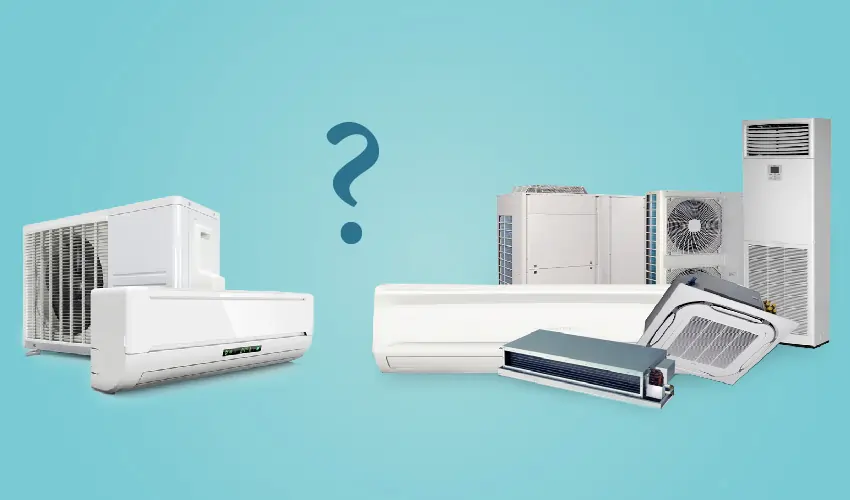

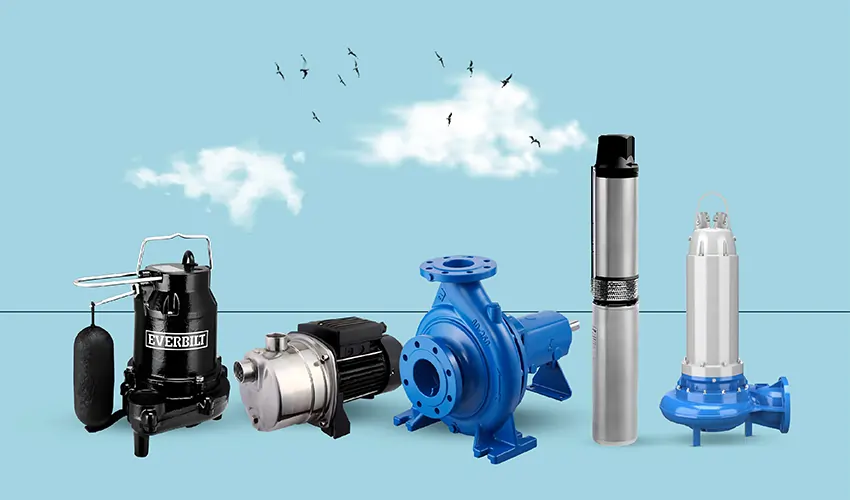
Hello, i read your blog occasionally and i own a similar one and i was
just curious if you get a lot of spam responses?
If so how do you stop it, any plugin or anything you can suggest?
I get so much lately it’s driving me insane so any support is very much appreciated.
Hello,
Same problem here and we just keep spamming them.
Awesome blog! Is your theme custom made or did you download it from somewhere?
A design like yours with a few simple tweeks would really make my blog stand out.
Please let me know where you got your theme.
Thanks a lot
Thanks a lot, but unfortunately it’s custome made.